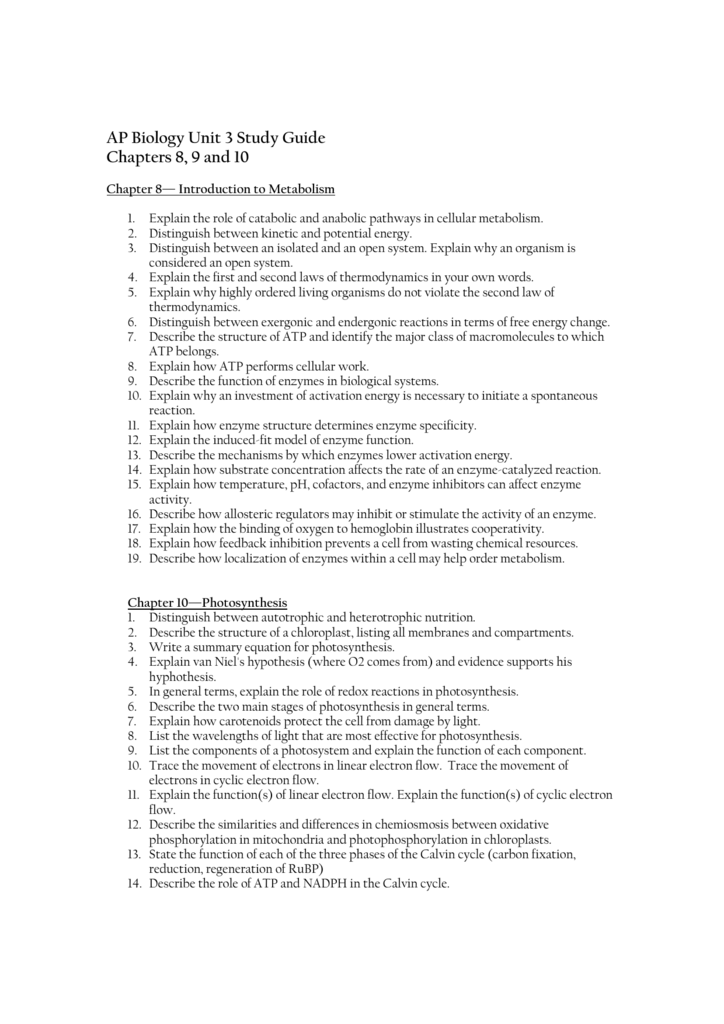

Biology 2e is designed to cover the scope and sequence requirements of a typical two-semester biology course for science majors.

CoinJar (Support) (Number) Call ☎️+61-(2)-8091-(2024) CoinJar Customer Service Helpline. Michael Cain (Units 4, 5, and 8) is an ecologist and evolutionary biologist who is now writing full-time. Biology in Focus - Chapter 16 - Development, Stem Cells, and Cancer SlideShare uses cookies to improve functionality and performance, and to provide you with relevant advertising. Cain, ISBN: 321962753, The snow leopard (Panthera uncia) that peers intently from the cover of this book has a suite of evolutionary adaptations that enable it to spot, track, Chapter 17 Organizing Life’s Diversity Reading Essentials for Biology takes the stress out of reading, learning, and understanding biology. Each test is curved so scores vary from year to year.Biology in focus chapter 17 The membrane is selectively permeable so as to allow movement of substances in and out of the cells.

Colleges are generally looking for a 4 or 5 on the AP Biology exam, but some may grant credit for a 3. Interpreting AP Biology ScoresĪP scores are reported from 1 to 5. Ecology: Behavior and communication Food webs and energy pyramids Succession Communities and ecosystems Global issuesĬheck out our Cracking the AP Biology Exam and ASAP Biology books for a comprehensive content review.Natural Selection: Evidence of evolution Phylogenetic trees Impact of genetic variation Speciation Hardy-Weinberg equilibrium.Gene Expression and Regulation: DNA and genome structure Transcription Translation Mutation Biotechnology.Heredity: Mendelian genetics Inheritance patterns.Cell Communication and Cell Cycle: Mitosis Meiosis.
Ap bio study guide answers free#
Cellular Energetics: Change in free energy Enzymes Coupled reactions and ATP Photosynthesis Cellular respiration (glycolysis, Krebs, oxidative phosphorylation) Fermentation. Cell Structure and Function: Prokaryotic and eukaryotic cells Organelles Membranes and transport Cell junctions Cell communication. Chemistry of Life: Important properties of water pH Carbohydrates Proteins Lipids Nucleic acids Origins of life. To fully understand the four big ideas, a solid grasp of the following topics is required. Read More: Review for the exam with our AP Biology Crash Courses Big Idea 4: Biological systems interact, and these systems and their interactions possess complex properties. Big Idea 3: Living systems store, retrieve, transmit, and respond to information essential to life processes. Big Idea 2: Biological systems utilize free energy and molecular building blocks to grow, to reproduce, and to maintain dynamic homeostasis. Big Idea 1: The process of evolution drives the diversity and unity of life. The College Board is very detailed in what they require your AP teacher to cover in his or her AP Biology course. They have guidelines for awarding partial credit, so you may still receive partial points should you not correctly respond to every part of question in your essay. Unlike the multiple-choice section, which is scored by a computer, the free-response section is graded by high school and college teachers. You will have 90 minutes to answer all 6 questions. The free response section consists of two long-form free-response questions, both of which require data analysis, and four short-form free-response questions that require a paragraph-length response that covers your ability to describe, explain, predict, justify, or represent a given scenario. The 60 multiple-choice questions test your grasp of the fundamentals of biology and your ability to apply biological concepts to help solve problems. Private Tutoring with Pass Guarantee NEW.







 0 kommentar(er)
0 kommentar(er)
